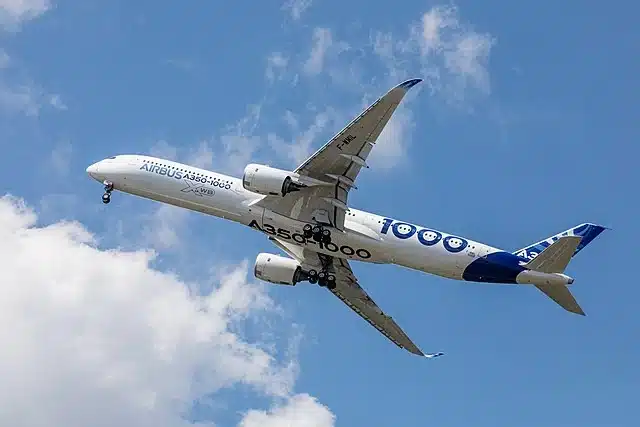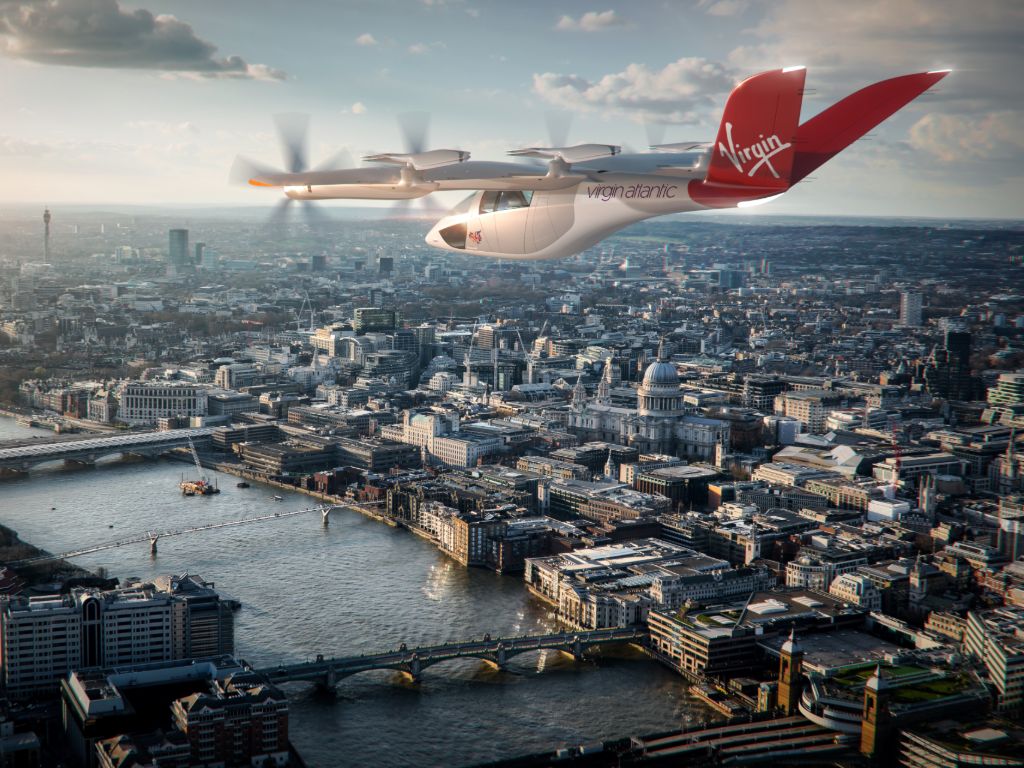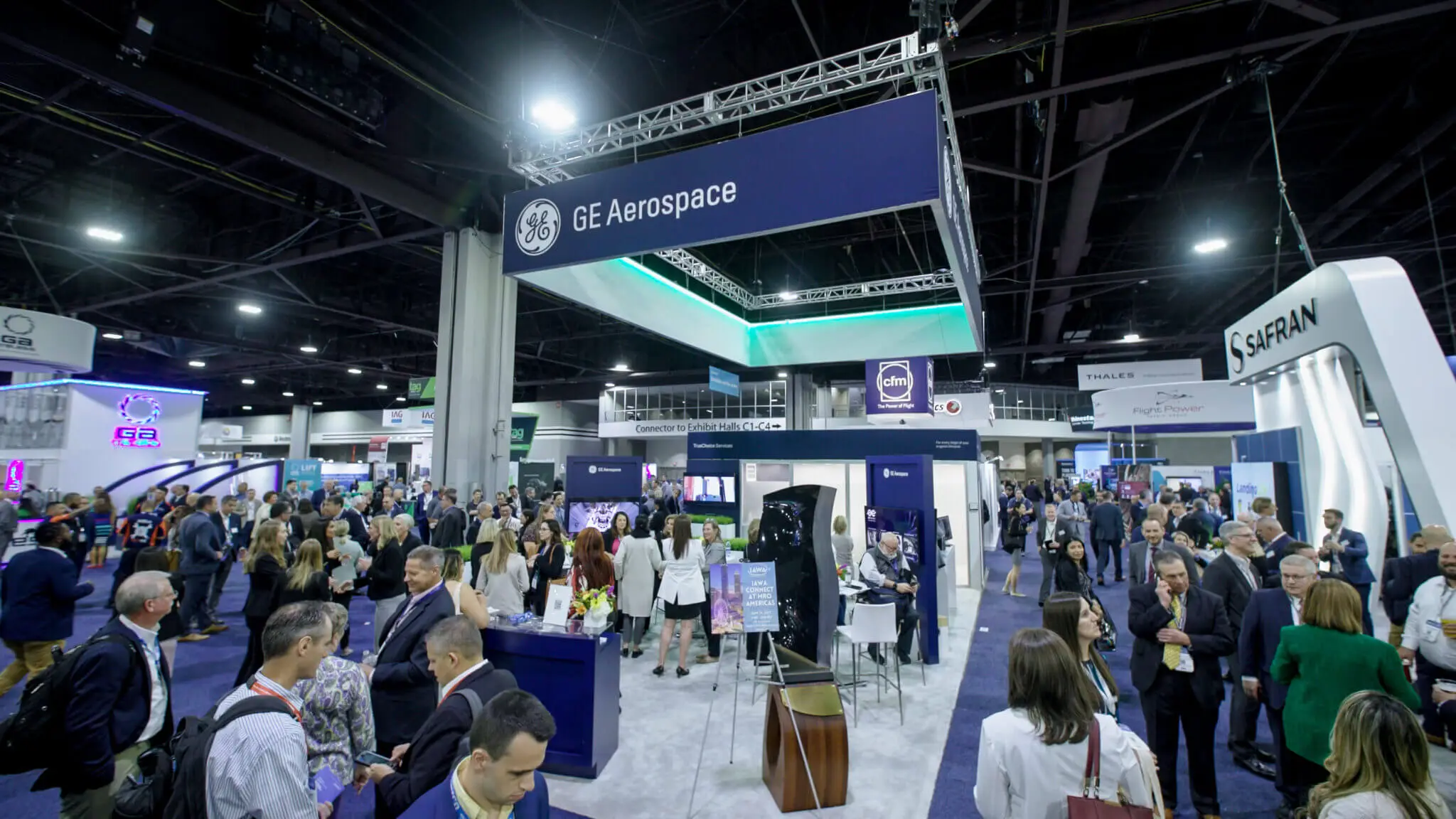Aircraft Asset Management - Roles & Responsibilities
Aircraft Asset Management controls the realization of value from an asset (aircraft or engines) – tangible or intangible – over its usable life cycle.
All such roles are critical. Especially now in the sustainability landscape. The realization of the value of an asset, by an individual or group, over its usable life cycle. This asset is tangible. Like a Boeing B737Max.
Commercial Aircraft Asset Management is when a large chunk of metal is used to transport many people for many years, and you are tasked with its management by investors. You must now ensure that the asset returns the maximum value of its investment. And minimize losses.
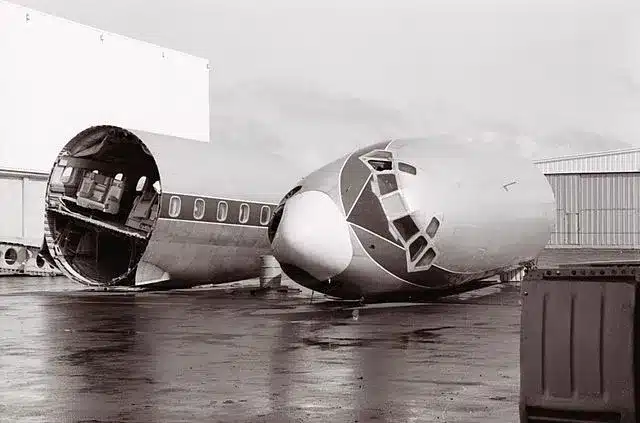
Aircraft Investment
Aircraft asset management is easy, once you know what you’re doing. And have the systems set up correctly and let’s see… what else? Oh yes.
Nothing goes wrong with the Aircraft, the Airline, the Market, Passenger traffic, Political issues, Global pandemics, or any other of a myriad of problems. Ever. Because if they do happen, cash flies out the window at speeds you heretofore could not have believed possible.
Aircraft Asset Manager - A Guide
Let’s get practical. Let’s imagine in your portfolio, you have an aircraft AOG (“aircraft on ground”) or it could be a delayed delivery from one of the big two. Let’s pick the B737-800Max. Dozens are delivered each month, so it’s a good example. Your team of experts are setting up the asset management systems they will need to monitor your “asset”.
You’ve signed a lease agreement and the airline has agreed to pay monthly amounts for the use of the aircraft over a period, say 10 years. But 5 or 15 years are also possible.
Hopefully, you’ve gotten good rates. Because you won’t be able to change them unless it’s to reduce them. You’ve also received a security deposit from the airline that equates to 2-3 months of lease payments. This is held like most deposits, to keep them honest and with a view to returning it in the future.
Investor Records
When you delivered the aircraft, you presented all the aircraft records to the airline. Over time they will add their own documents, as well as ongoing documents, as the aircraft is utilized and maintained.
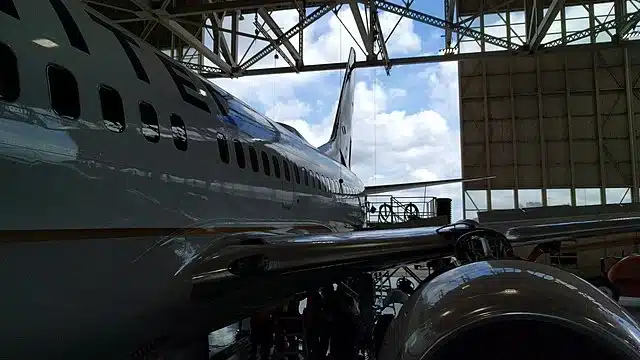
The airline is responsible for the maintenance, but you will monitor them diligently because you need to make sure they are maintaining the aircraft as they should. And not avoiding or delaying tasks that need to be done. There is also insurance and a few other items, but nothing comes close to the issue of maintenance status and records. Especially with the engines.
Asset Manager Jobs
Because as an aircraft matures, the engine status profile starts to become the majority value of the whole aircraft. The engines on a 10/15-year-old B737 will get close to 90% of the total aircraft valuation. So, your customer airline needs to keep on top of its line checks, heavy checks, and AD/SB status.
What you don’t want is to be surprised by market disruption. I Dunno – say a global pandemic, that grounds your aircraft overnight. And for two years. And when you get the keys handed back you discover the aircraft was due a lot of technical work, but the airline had pushed the work back. Thankfully, most leases proceed without issues. Or Covid.
Credit Invoicing
Invoicing sounds boring. But it’s the most important job for portfolio managers. You are invoicing in two major categories. Rent and Maintenance Reserves. The rent is a set figure per month for the lease of the aircraft. Not too hard. Maintenance Reserves (MRs) is a function of the hours and cycles operated by the aircraft, so you need to collect this data to generate the Invoices.
The MRs are collected by the asset management firm for all future maintenance work needed by the aircraft. The airline pays a menu of figures per cycle (one take-off and one landing) or per hour, across all major aircraft systems. Such as…
- Airframe Checks
- Engine overhauls (and propellers for turboprops)
- Landing Gear overhauls
- APU overhauls
Investing in Metal
The work that’s needed by each of these areas is spread over the years. And it will cost millions of dollars. We collect the cash from the airline in set amounts each month in the hope and expectation that the total amount we collect, will pay for the work when the time comes. But it never is.
“Oh, twere it was so simple.”
Maintenance Reserves (MRs) are the single most complex, contentious, and manipulated area in aircraft asset management. Checks can run long, they can discover corrosion, faults can be found that were unexpected. Engines can go in for basic restoration and you can find cracks in the HPC blades, and your budget is blown.
On the other side of the fence is the cash, as it is collected prior to these events. Most companies have access to these capital funds and use them creatively. Depending on the agreements in place.
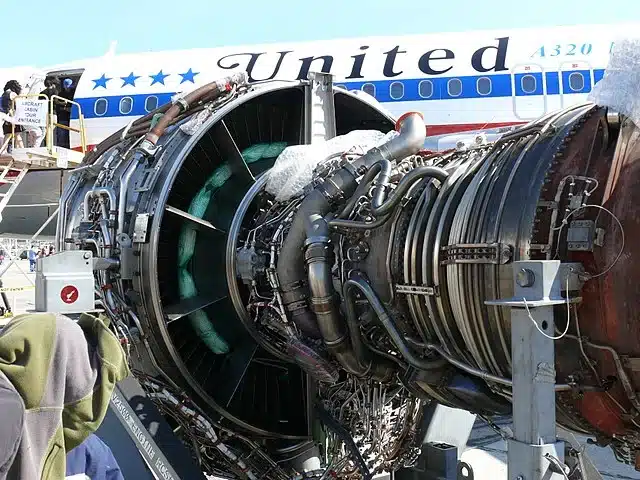
Market Reporting
If you’ve take an Asset Manager Job you should have multiple aircraft with multiple investors, owners, and banks. So monthly, quarterly, and annually you must report to them. You report on the payments, the technical status, the hours operated, and cycles performed.
Reporting how the airline is performing in the market, Reporting on the market. The economic and political status of the country they are based in and operating to. How the aircraft is performing. Are there any ongoing technical issues? How are the Maintenance Reserves tracking?
Collection and Return Disbursements
Let’s now imagine your B737 has been on lease for a while. The aircraft continues to fly, and you’ve been collecting the payments from the airline exactly as planned. Lucky you. But now the aircraft maintenance checks are coming due. You had a C Check (every 18 months) last week and the airline has sent you the MRO invoices related to that check.
Now you must go through them all and make sure the work corresponds to the lease agreement. And that the costs were within budget. You need technical experts from your team the most here.
Hopefully, they have been monitoring the progress all along, but now they need to go through LDND (last done next due) lists, Task cards, AD and SB reports and numerous other technical documents. A large amount of capital funds is at stake.
Physical Asset Management
They will validate the expenditure but also confirm that all work is recorded correctly, and the entire process is documented correctly. Your advisors should have representatives on site during the checks. They make sure they are there in case big issues arise.
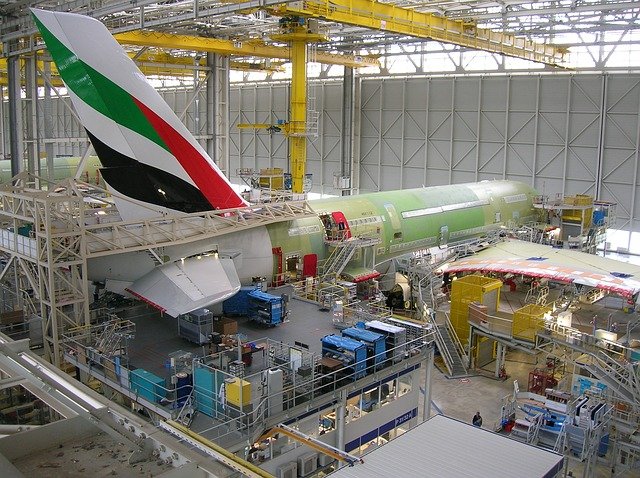
So, they can verify themselves on site. It’s vital that technical issues are attributed to the correct source or cause. All parties are heavily insured and that is relied upon frequently to help everyone including you.
You need to keep an eye on everything for as long as possible. When the aircraft is put back together and you get an invoice for something you didn’t expect, you won’t be able to take it apart again to see if it was normal wear and tear. Or even something necessary.
Remarketing Teams
What if things have gone bad? Doesn’t matter how. As an Aircraft Asset Manager, your worst fears have come true and the B737 keys are on your desk. Your technical director has a worried look on his face in the Monday morning meeting.
There’s now a need to take a redelivery of the B737 from the airline, and you need everyone’s support to do this. You need to get the records back to have any chance to get it re-registered somewhere else.
And you don’t want to do this in a toxic environment. There is also the need to do some bridging maintenance to get the aircraft in what we call “mid-life” condition. To ensure its attractive to a new airline.
Aircraft Asset Management
At the same time, your sales and marketing team is now in full flow. If they’re good, they’ll already have a concise list of airlines who they know are already looking for aircraft. You hit them up first.
Hopefully, it’s a “normal” aircraft asset management market and you can have 2 or 3 airlines on deck, so your risk manager can give you directions on where he thinks the aircraft should go. Depending on your overall fleet goals. You can risk a higher lease rate with a new start-up in India, or he’ll just want you to give it to Southwest where you can get decent rates and you’ll never lose a night of sleep.
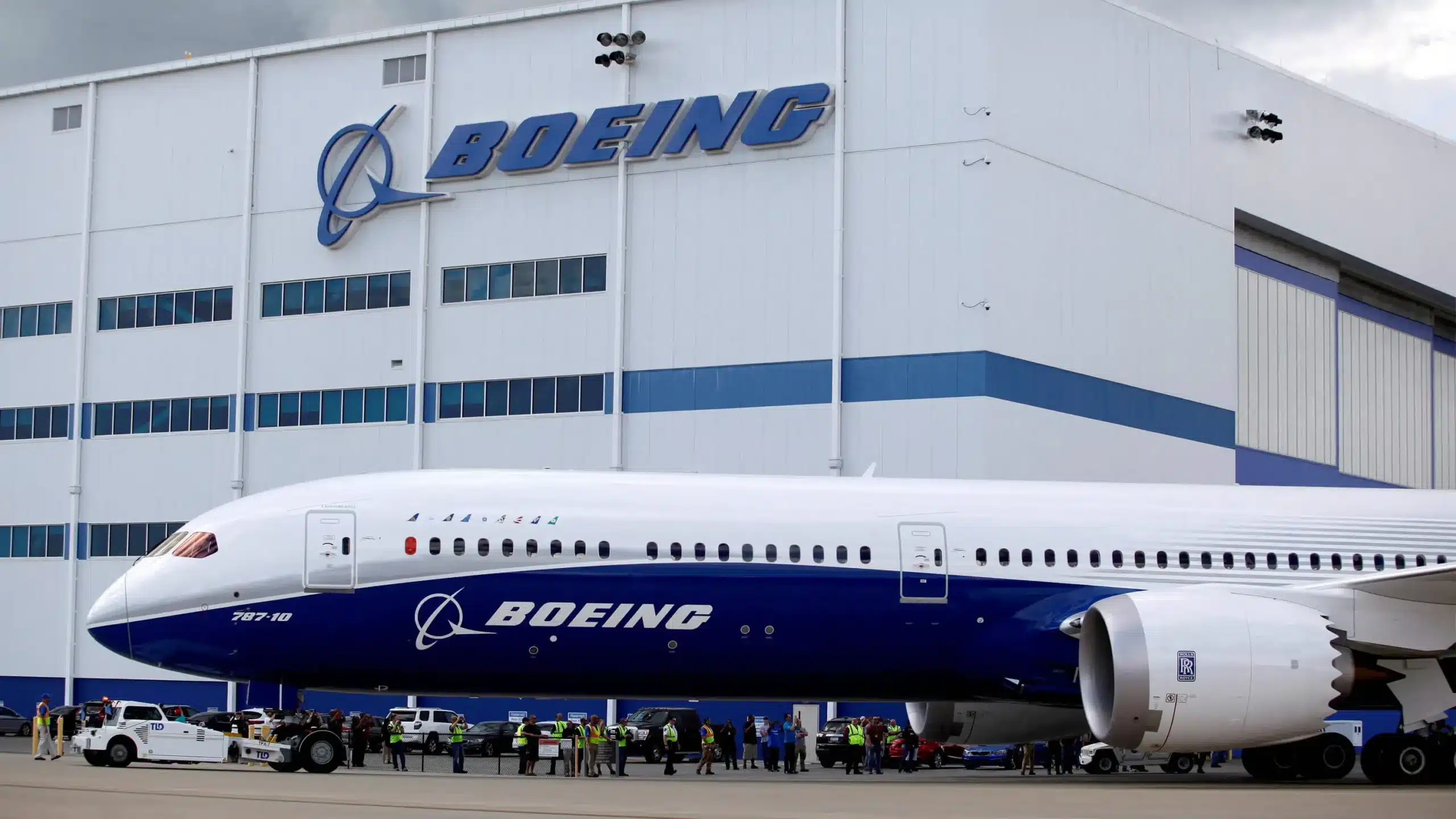
Enhanced Opportunity
Aircraft are remarkably interesting assets. Unlike buildings, you can move aircraft when the shit hits the fan. You can also change them depending on the markets. All-economy, three classes. A VVIP B737 is called the BBJ (Boeing Business Jet). You can also convert your old B737 into a freighter aircraft.
Some of these steps are more expensive than others. The freight conversion (P2F) will cost you $10m, but there are no limitations on the age of freighter aircraft, so you can extend the economic life of your B737 for another 20 or 25 years. Just make sure the engines are good. You can also disassemble the whole aircraft for parts. Some people will call this a teardown.
We would like you to correct them and insist they use the word “disassemble”. We don’t tear aircraft apart. Even at their end, due to the constant replacement and refurbishment of parts, systems, and engines, they can deliver enormous value. But only if you’ve done an excellent job with the records and the maintenance monitoring. If you don’t have the paperwork perfect for a part, and we mean perfect, it’s worthless.

